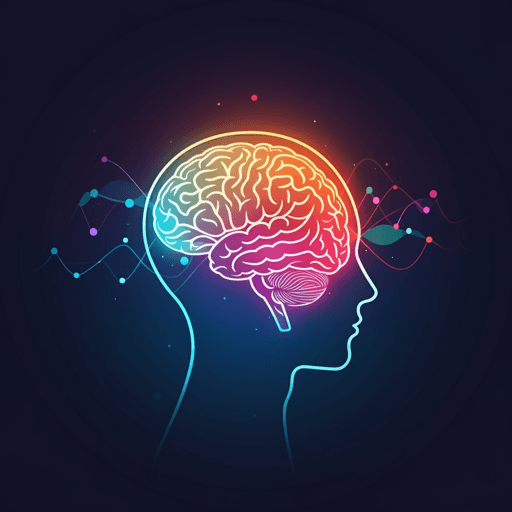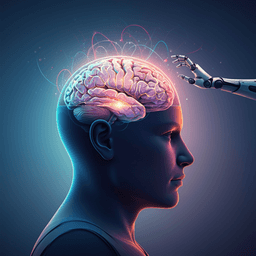
Interdisciplinary Studies
Editorial: Advances and challenges to bridge computational intelligence and neuroscience for brain-computer interface
A. K. Singh, L. Bianchi, et al.
Abstract not provided. Research conducted by Avinash Kumar Singh, Luigi Bianchi, Davide Valeriani, and Masaki Nakanishi.
~3 min • Beginner • English
Related Publications
Explore these studies to deepen your understanding of the subject.







